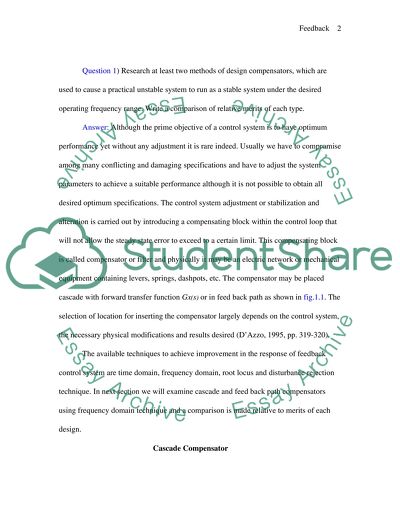Cite this document
(“Feedback Control and Automation Research Paper Example | Topics and Well Written Essays - 1500 words”, n.d.)
Retrieved from https://studentshare.org/technology/1500608-feedback-control-and-automation
Retrieved from https://studentshare.org/technology/1500608-feedback-control-and-automation
(Feedback Control and Automation Research Paper Example | Topics and Well Written Essays - 1500 Words)
https://studentshare.org/technology/1500608-feedback-control-and-automation.
https://studentshare.org/technology/1500608-feedback-control-and-automation.
“Feedback Control and Automation Research Paper Example | Topics and Well Written Essays - 1500 Words”, n.d. https://studentshare.org/technology/1500608-feedback-control-and-automation.


